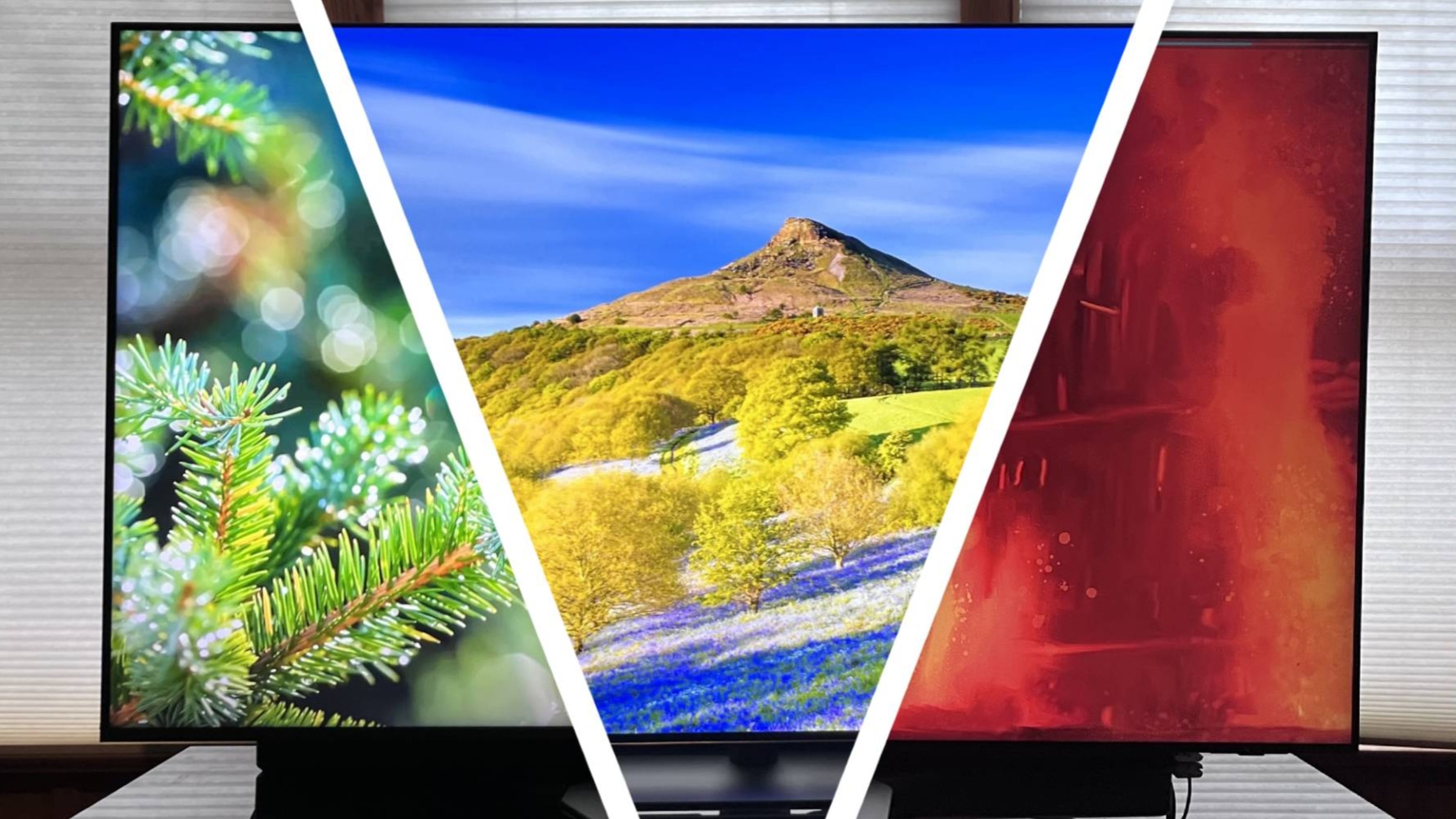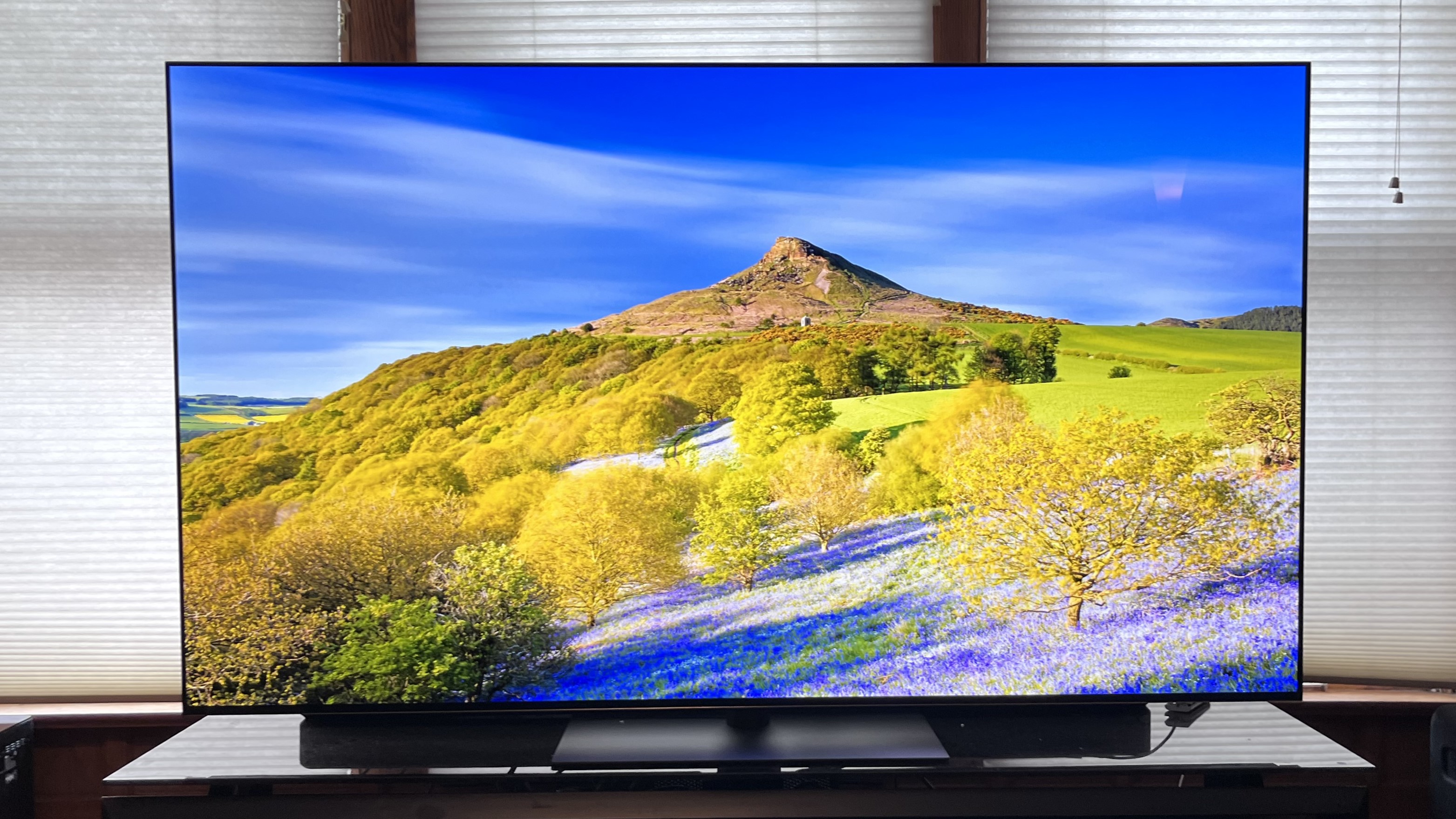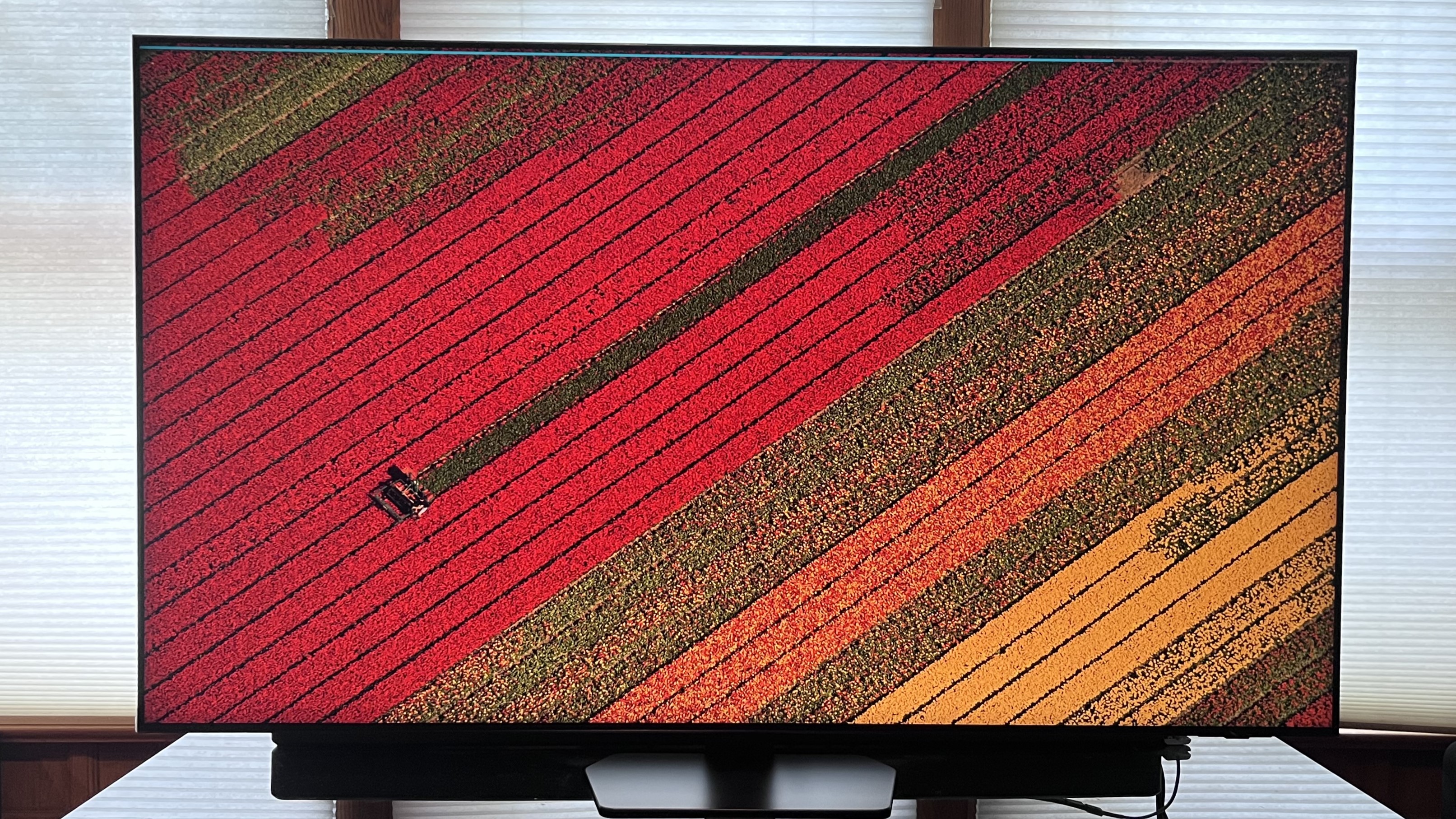I review TVs for a living, and these are the 3 best TVs I’ve tested so far in 2025

After being announced at the annual CES trade show in early January, new TVs generally start to arrive in spring and summer.
But in 2025, new TVs hit earlier than usual – as a reviewer, it feels like I’ve been up to my neck in screens for the past few months. It’s not until later in the year that TechRadar usually has a clear perspective on which models are the best TVs, but I’m now ready to crown three models as the best ones I’ve tested so far in 2025, mostly based on performance, but in one case on value as well.
Before I get into the recommendations, a few words on some recent TV trends I’ve noted. First, new TVs are hitting super-high brightness levels. In the past, we’ve been impressed by the brightness peaks that the best mini-LED TVs were able to achieve, but now the best OLED TVs are starting to rival mini-LED ones when it comes to brightness, with the LG G5 and Samsung S95F OLEDs both exceeding 2,000 nits in our tests.
Second, screen-reflection remediation measures like matte screens and anti-glare coatings are becoming more common in higher-end TVs. Samsung has gone all in on matte screens for 2025, and its Glare Free tech allows for models like the Samsung S95F OLED, Samsung QN90F 4K mini-LED, and Samsung QN990F 8K mini-LED to be viewed in bright room lighting conditions without having to worry about annoying screen reflections.
LG, Hisense, TCL, and Sony are also taking screen glare more seriously in 2025, with top models like the LG G5 OLED, Hisense U8QG mini-LED, TCL QM8K mini-LED, and Sony Bravia 8 II OLED all outfitted with highly effective anti-reflective screen coatings.
Lastly, a trend that should be of great interest if you’re in the market for a new TV: early discounts. In past years, it usually wasn’t until Amazon Prime Day in July that we started to see substantial price cuts on TVs. But in 2025, many new TVs received big discounts quickly after release, showing just how competitive the market has become. If you’re looking to buy one of the TVs I’ve listed below, there’s a very good chance you can get it at a nice discount today.
1. LG G5

The LG G5 is the first TV to use the Primary RGB Tandem structure OLED display panel from LG Display, and the impact of this new panel on OLED picture quality, brightness in particular, is impossible to miss.
Sign up for breaking news, reviews, opinion, top tech deals, and more.
In my testing, the G5 exceeded a 2,000 nits peak brightness, a level I’m more used to seeing from mini-LED TVs, and it also had higher-than-average fullscreen brightness. Combined with its effective anti-reflective screen and new Filmmaker Ambient Light Mode, this is one OLED TV you can easily use for watching both sports and movies in brighter rooms.
The G5’s sleek design makes it perfect for wall-mounting (mounting hardware is included), and there’s an optional, extra-cost pedestal stand. Gaming features are about as extensive as they get, with four HDMI 2.1 ports that support 4K 165Hz, Nvidia G-Sync, AMD FreeSync Premium, and Dolby Vision Gaming, and it also has LG’s gaming portal for cloud-based gaming.
In the US, pricing for the 65-inch version of the LG G5 has already dropped $200 to $3,199. That isn’t exactly cheap, but in this case, you’re getting what you pay for.
2. Samsung QN90F

The Samsung QN90F is the company’s most flexible mini-LED offering, with screen size options ranging from 43 inches up to 98 inches.
The QN90F delivers high brightness (I measured 2,068 nits peak and 667 nits fullscreen) and, new for 2025, the same Glare Free matte screen previously limited to Samsung’s top OLED TVs. This combination, along with the QN90F’s impressive motion handling, makes it an excellent TV for sports and daytime viewing, and its Wide Viewing Angle Feature means its picture looks good from every seat in the house – something you can’t say about all mini-LED TVs.
The QN90F’s 4.2.2-channel, 60W speaker array delivers solid and reasonably spacious sound, and its Tizen smart TV platform has been upgraded for 2025 with Samsung Art Store support. A fantastic array of gaming features includes support for 4K 165Hz across its four HDMI 2.1 ports, FreeSync Premium Pro, and Samsung’s Gaming Hub for cloud-based gaming apps, including Xbox.
In the US, the 65-inch Samsung QN90F has already dropped $400 since I first reviewed it, and the reduced price is a great deal for such a fantastic all-around TV. Discounts are also available for all other screen sizes, so no matter how big or small your room, a QN90F is waiting for it.
3. Hisense U8QG

The Hisense U8QG is the company’s flagship mini-LED TV series, and it's the brightest one yet, clocking a staggering 3,337 nits peak and 733 nits fullscreen brightness in Filmmaker Mode when I tested it.
Needless to say, the U8QG’s exceptional brightness, along with its effective anti-reflective screen, make it a very good option for sports and daytime viewing. But this Hisense TV’s refined local dimming also lets it deliver deep blacks and detailed shadows for movies, and the TV’s rich color reproduction means 4K movies with HDR pop vividly off the screen.
The U8QG’s three HDMI 2.1 ports all support 4K 165Hz, FreeSync Premium Pro, Dolby Vision, and HDR10+ gaming. Combined with its 9.9ms input lag, the lowest I’ve yet measured on a Hisense TV, the U8QG is a powerhouse for gaming. My main complaint when testing it was an annoying rattling noise from the set’s built-in subwoofer when watching movies with deep bass, but then again, the money you save with the Hisense U8QG will leave you enough to buy one of the best soundbars to pair it with.
Since I reviewed it, the Hisense U8QG has received big discounts in the US, with the 65-inch version now selling for under $1,300. At that price, the U8QG may be the best TV deal going today.
You might also like...

Al Griffin has been writing about and reviewing A/V tech since the days LaserDiscs roamed the earth, and was previously the editor of Sound & Vision magazine.
When not reviewing the latest and greatest gear or watching movies at home, he can usually be found out and about on a bike.
You must confirm your public display name before commenting
Please logout and then login again, you will then be prompted to enter your display name.